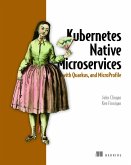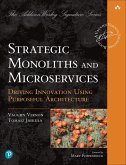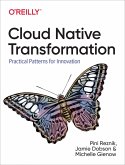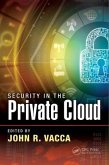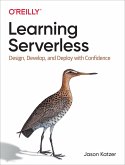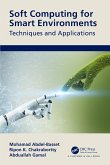Companies today are undergoing digital transformation to build agile IT infrastructures that not only provide traditional IT support functions, but also enable innovation in business operations and planning. Rather than custom solutions that lock them into legacy systems, companies want flexible and cost-effective solutions that leverage the cloud's potential. Migrating to the cloud opens exciting new opportunities. Microservices architecture offers a way to realize complex, cloud-native systems by decomposing functionality into numerous independent services that work together. This reduces overall complexity, allows quicker changes to meet shifting business needs, and enables efficient scaling for performance and reliability. Microservices are especially well-suited for cloud platforms and facilitate reorganization of development and operations (DevOps) methods to suit faster delivery schedules. However, a gap exists between academic coverage of microservices patterns and actual deployment of microservices-based solutions on real cloud platforms. Many excellent resources focus on architectural principles but do not provide clear guidance on implementation. Conversely, books on specific cloud providers emphasize hands-on skills but fail to provide foundational knowledge to evaluate solutions properly or transfer learning across platforms. This textbook bridges the gap by enabling readers to rapidly grasp microservices concepts and then deploy practical microservices applications on real cloud platforms. With hundreds of figures and tested code samples, we offer a rigorous, hype-free guide to developing robust cloud-native apps. The book meets the need for educational programs at colleges and universities to train the next generation of cloud solutions architects and DevOps engineers. It accompanies cloud computing curricula and certification programs where students seek valuable hands-on experience on commercial cloud platforms to complement conceptual knowledge. The typical reader is a senior undergraduate or beginning graduate student in science, technology, engineering, or mathematics (STEM) fields who has completed introductory programming courses. The book provides the necessary guidance and knowledge for readers to develop working code for cloud-based microservices applications. We believe augmenting traditional classroom learning with practical coding exercises significantly enhances the learning process. Additional student support resources are available on the book's companion website. The textbook comprises twelve chapters delivering in-depth coverage of key concepts, technologies, and architectural patterns for cloud-based microservices. Our competency development approach aims to equip readers with practical skills rather than dwell on theory covered adequately elsewhere. We offer a book that allows readers to quickly understand what microservices are and then deploy them on real cloud platforms, while providing the necessary technical background to guide them to improve their understanding and competency in evaluating and using cloud-based platforms.
Hinweis: Dieser Artikel kann nur an eine deutsche Lieferadresse ausgeliefert werden.
Hinweis: Dieser Artikel kann nur an eine deutsche Lieferadresse ausgeliefert werden.



